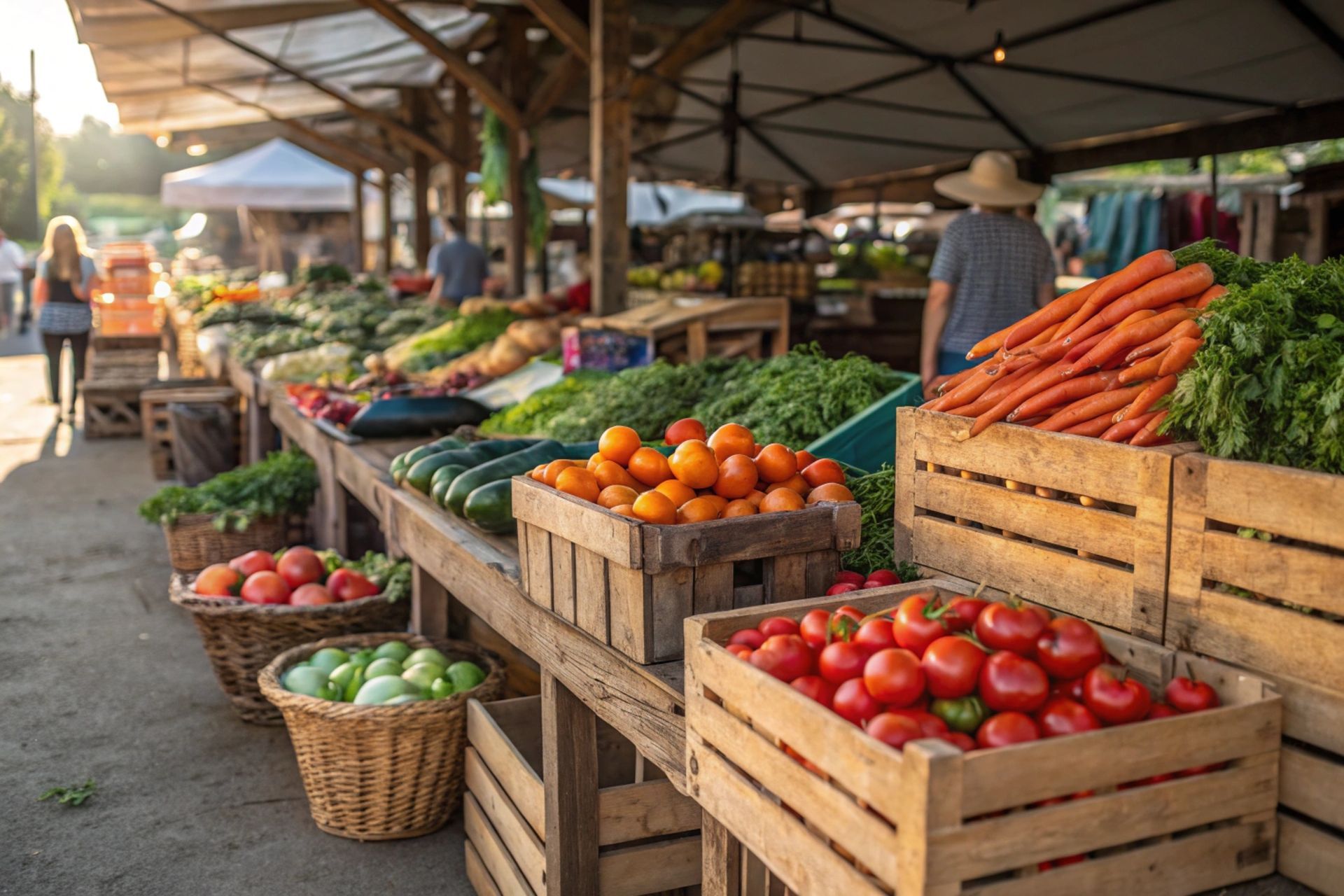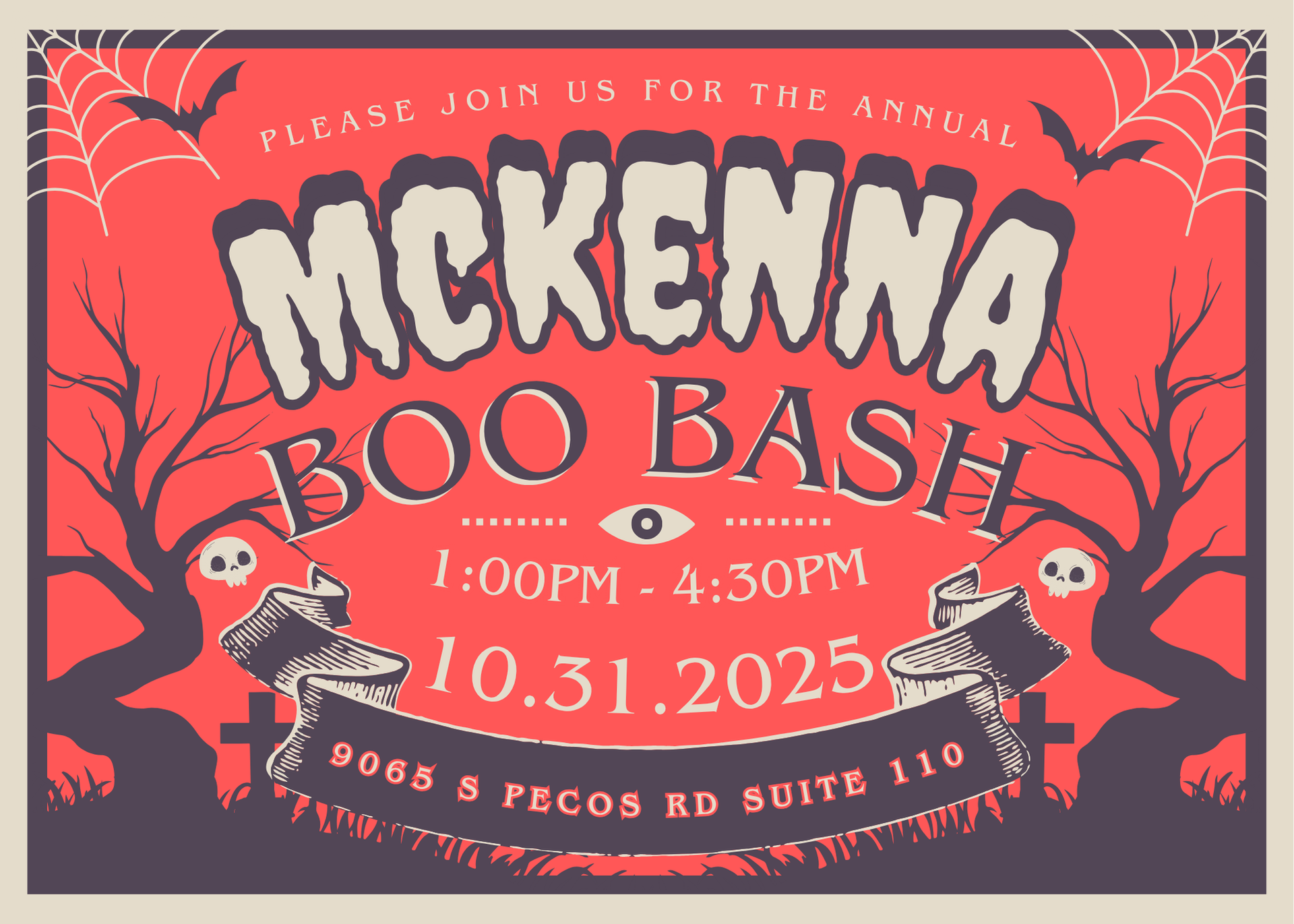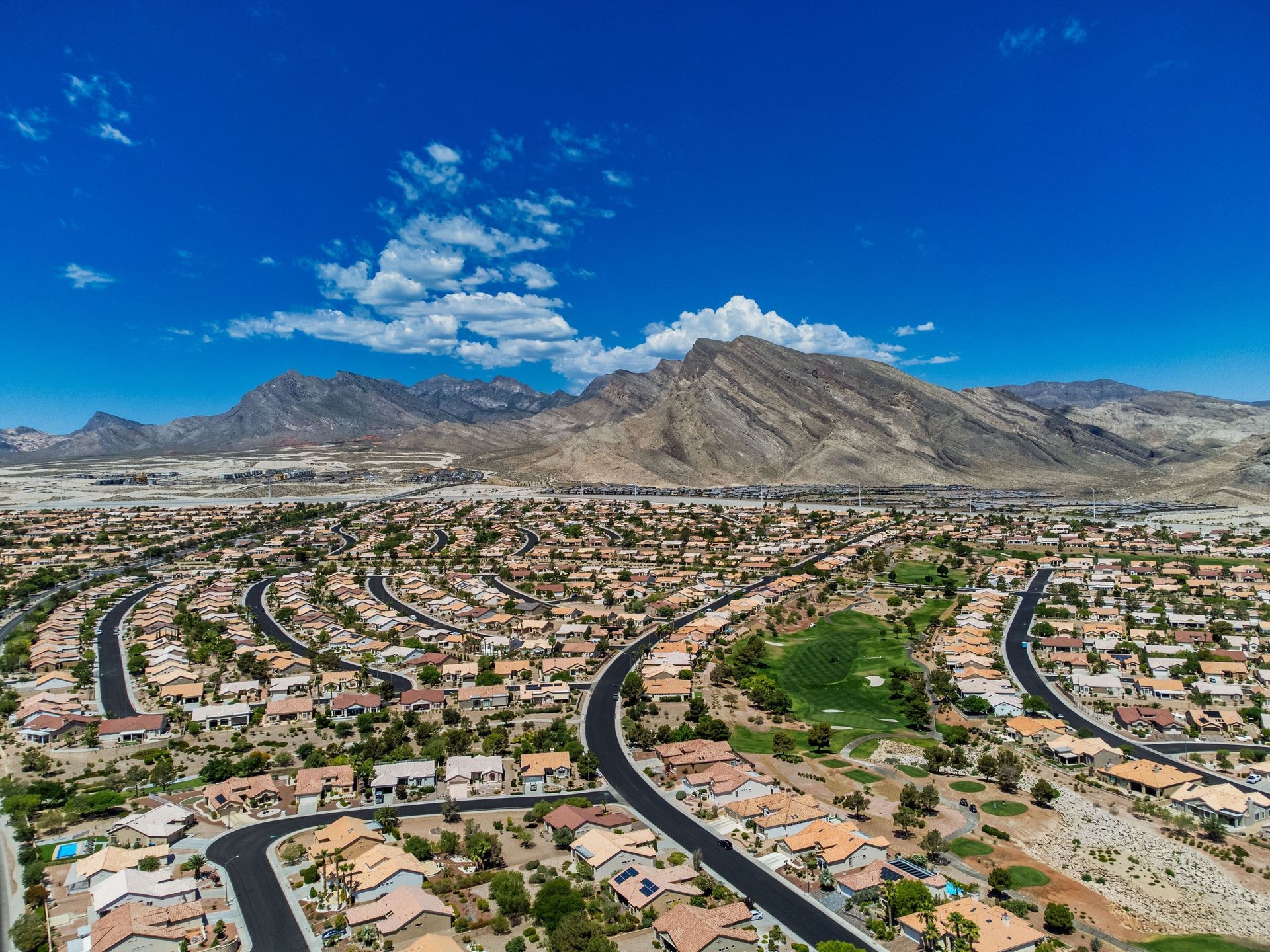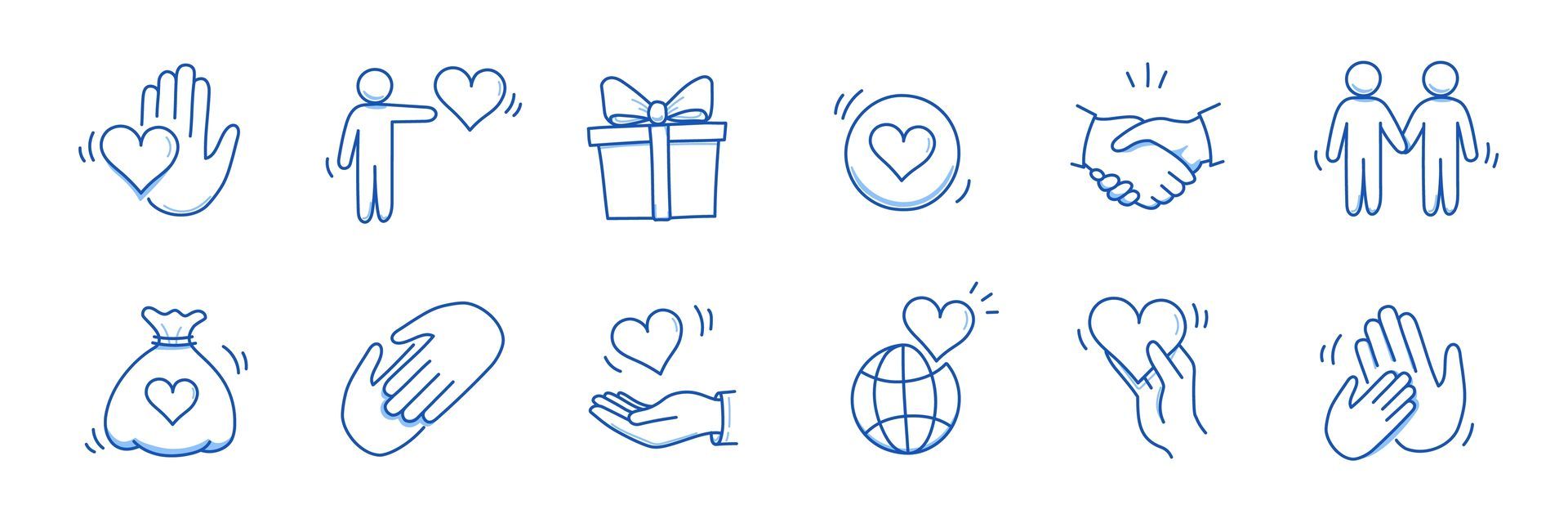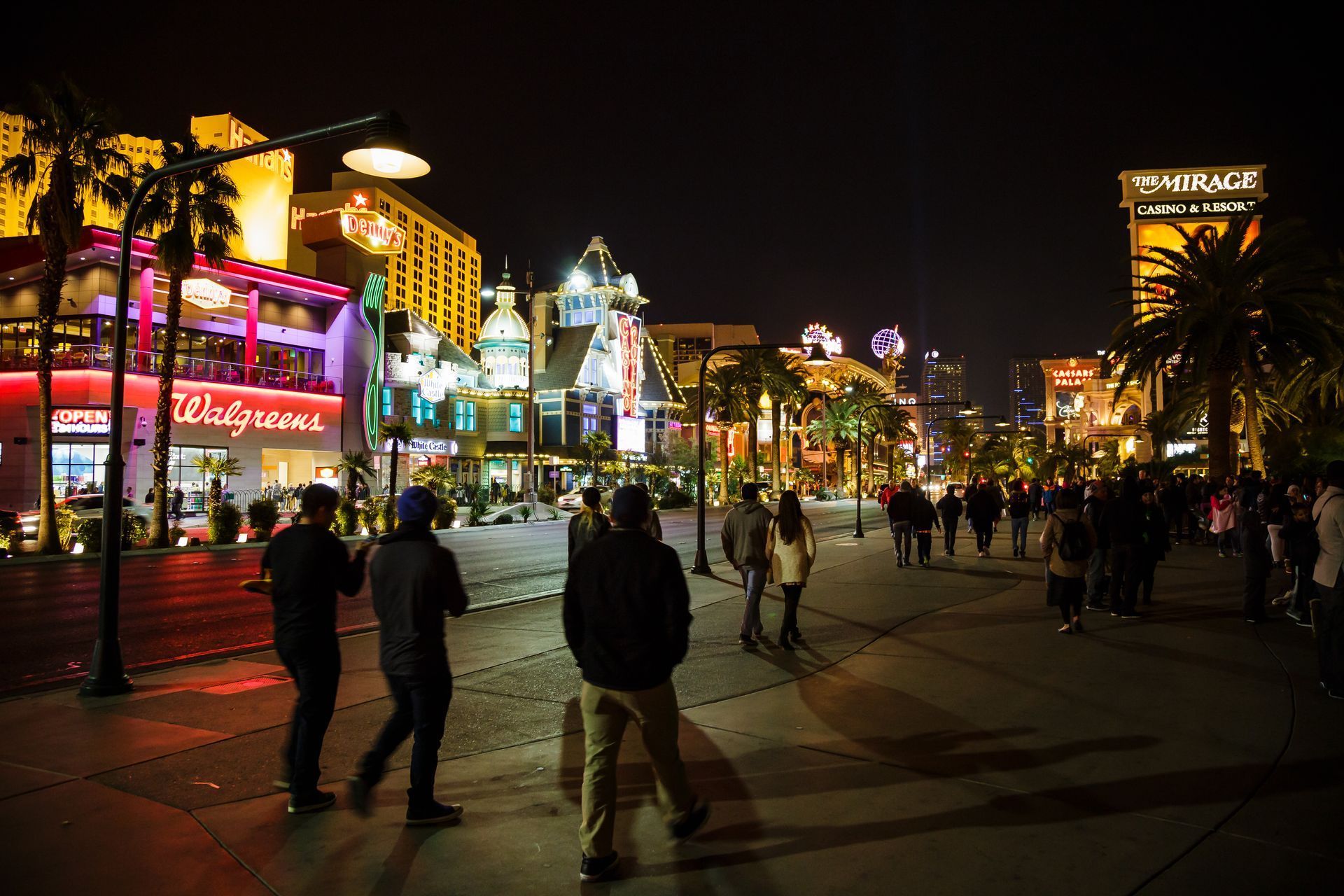A Storied Spectacle: The History of the Macy’s Thanksgiving Day Parade
Every Thanksgiving morning, millions of people gather along the streets of Manhattan—or tune in from cozy living rooms across the country—to watch larger-than-life balloons, dazzling floats, marching bands, and performances fill the streets. The Macy’s Thanksgiving Day Parade has become an iconic piece of American holiday tradition, but its roots stretch back nearly a century.
Here’s how this beloved celebration came to be—and how it grew into the cultural phenomenon we know today.
Humble Beginnings: The 1920s
The first Macy’s parade took place in 1924, making it one of the oldest Thanksgiving parades in the U.S. Macy’s employees—many of them immigrants—wanted to celebrate their new American traditions with a grand festival inspired by the street fairs and carnivals of their home countries.
The debut parade featured:
- Live animals borrowed from the Central Park Zoo
- Floats pulled by horses
- Marching bands
- Santa Claus as the finale
Even in its first year, the parade drew huge crowds. Macy’s quickly declared it an annual event.
Humble Beginnings: The 1920s
The first Macy’s parade took place in 1924, making it one of the oldest Thanksgiving parades in the U.S. Macy’s employees—many of them immigrants—wanted to celebrate their new American traditions with a grand festival inspired by the street fairs and carnivals of their home countries.
The debut parade featured:
- Live animals borrowed from the Central Park Zoo
- Floats pulled by horses
- Marching bands
- Santa Claus as the finale
Even in its first year, the parade drew huge crowds. Macy’s quickly declared it an annual event.
Growth Through the Mid-Century
By the 1930s and ’40s, the parade had become a cherished national event.
Important milestones include:
- 1932 – The parade was first broadcast on radio.
- 1942–1944 – The parade paused during WWII, when balloons were donated to help with the rubber shortage.
- 1945 – The parade returned bigger than ever.
- 1948 – NBC aired the first televised broadcast, bringing the spectacle into homes nationwide.
Throughout the 1950s and ’60s, the parade expanded with more elaborate floats, celebrity appearances, and increasingly sophisticated balloon designs.
Pop Culture Takes Over
By the 1970s and 1980s, the parade had fully embraced modern entertainment.
This era brought:
- Balloons of beloved characters like Snoopy, Kermit the Frog, and Superman
- Broadway performances becoming a staple
- Larger production budgets and national media coverage
The parade evolved into both a celebration and a marketing phenomenon—yet still retained its charm and festive spirit.
A 21st-Century Icon
Today’s parade is a blend of high-tech engineering, pop culture, and decades-old tradition.
Modern features include:
- State-of-the-art balloon design and safety teams
- Massive behind-the-scenes operations with thousands of volunteers
- Digital broadcasts and livestreams reaching millions worldwide
- Partnerships with musicians, Broadway shows, film studios, and children’s brands
And, of course, the parade still ends the same way it did in 1924: with Santa Claus arriving to officially kick off the holiday season.
Why the Parade Endures
The Macy’s Thanksgiving Day Parade is more than a televised event—it's a symbol of joy, togetherness, and the unofficial start of the holidays. Over nearly 100 years, it has reflected the evolution of American culture, from beloved cartoon characters to blockbuster movie icons, all while staying anchored in nostalgic tradition.
It’s a celebration of imagination, community, and holiday spirit—one balloon at a time.


